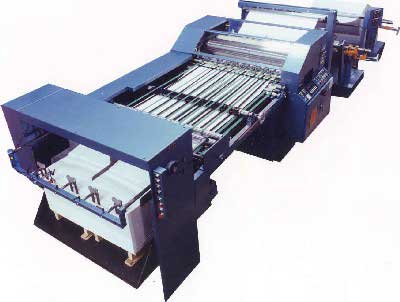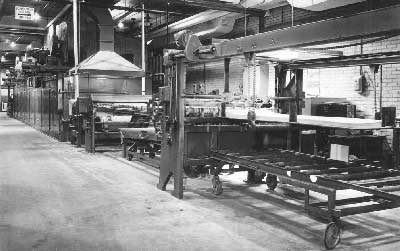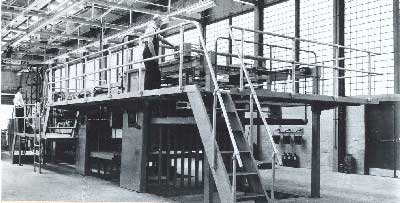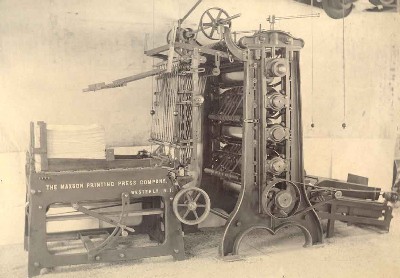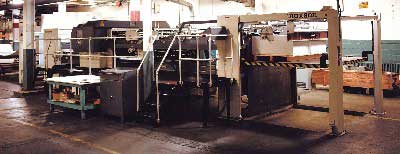
To insure competitive pricing and prompt delivery schedules, in 1995 Maxson undertook a multimillion dollar capital program to modernize its machining and fabrication capacity. Over the next three years, Maxson devoted resources to computer numeric controlled (CNC) machine tools, state of the art welding equipment, computer aided manufacturing (CAM) programming, advanced painting and finishing facilities […]
